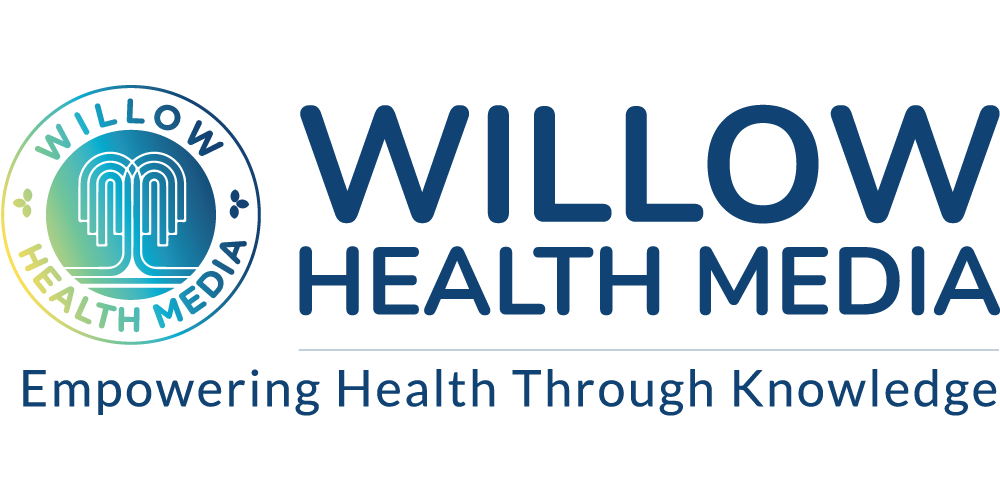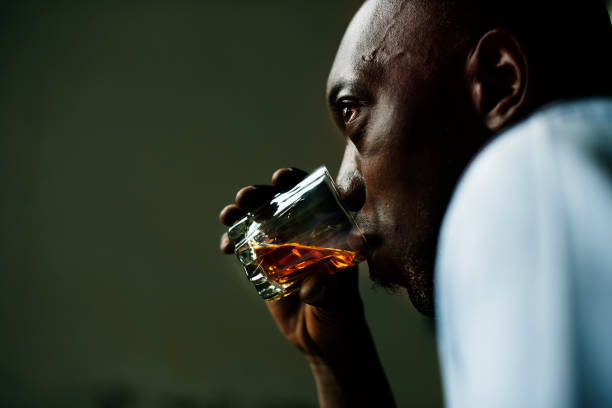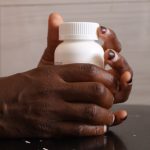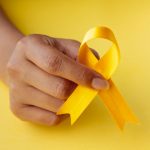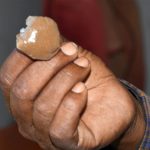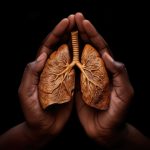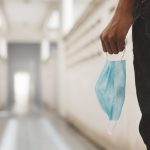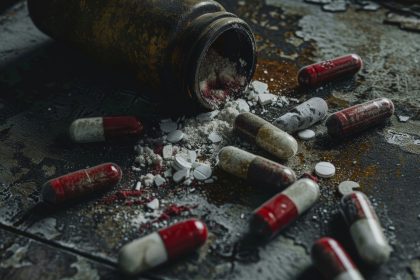Rehabilitation and drug detox in Kenya ranges from Ksh120,000 to Ksh500,000 with women responding better to therapy than men
Brian Shituti was hooked to bhang and chang’aa, the most abused traditional brew in Western – where men lead in substance abuse in Kenya according to the latest statistics from the National Authority for the Campaign Against Alcohol and Drug Abuse (Nacada).
Shituti, a 40-year-old legal officer was almost fired from his job in Kakamega due to alcoholism- for which most men lack psycho-socio support.
Yet rehabilitation for substance abuse is costly: it ranges from Ksh120,000 to Ksh500,000 for a 90-day intensive inpatient addiction treatment while outpatient programmes will set a family back between Ksh2,500 and Ksh6,000 per day, depending on the severity of addiction, according to Nacada.
Shituti’s struggle with substance abuse was heavily influenced by societal pressures, particularly within the bullfighting community in Kakamega.
“I love bullfighting, like many of my friends. It’s common for bullfighters and bull owners like myself to use alcohol and other stimulants to heighten their enjoyment of the sport,” he explains.
But alcoholism led to lateness at work when not reporting on duty altogether, which was often.
Shituti’s journey to quitting alcohol was greatly helped by his boss and former schoolmate who would “send me a polite message, reminding me that I was putting him in a difficult position as the favouritism would soon be noticed, yet my behaviour was punishable.”
As this was going on, his drinking crew would be sending him the ‘unaniangusha bro’ (you’re letting me down brother) messages common in Kenya.
“I had a serious moment of self-reflection. I realized I was an adult with a family, and it was time to change. I quit alcohol and distanced myself from some of my friends, although it wasn’t easy.”
Shituti is one among a growing list of men engaged in substance abuse, according to the 2022 Status of Drugs and Substance Use (DSU) survey.
Shituti is not alone as prominent Kenyans have come out to narrate how they were previously enslaved by substance abuse.
Former Makueni Governor Prof Kivutha Kibwana and former Chief Justice David Maraga have given public testimonies of how they were almost ruined by alcoholism.
This year, a newly appointed judge, Alexander Muteti, had been accused of being an alcoholic by former Law Society of Kenya chair Nelson Havi who was contesting his suitability. But Muteti told an 11-member judicial selection panel: I used to take alcohol, but … I stopped drinking a year ago.”
The report by Nacada found that 1 in 3 males aged 15–65 years (3.78 million) and 1 in 16 females (949,298) were currently using at least one drug or substance of abuse.
The five-year survey, a follow-up to the 2007, 2012 and 2017 surveys also revealed that the Western region had the highest prevalence of substance abuse (26.4 per cent), followed by Eastern (20.7 26.4 per cent) and Nairobi (19.1 26.4 per cent).
In the same year, a cross-sectional study conducted by the National Library of Medicine (NLM) in four counties—Isiolo, Kajiado, Murang’a, and Nyamira—confirmed that substance abuse remains a significant public health concern. The counties were selected based on data from the Kenya Medical Research Institute (KEMRI), which identified substance abuse as a priority issue.
The study found that 94.5 per cent of those who abused drugs and substances were male- with included packaged alcohol (25.2-26.4 per cent), cigarettes (20.3%), local brews like chang’aa (16.3% per cent), and khat (miraa) (10.5%)- as the most commonly abused substances.
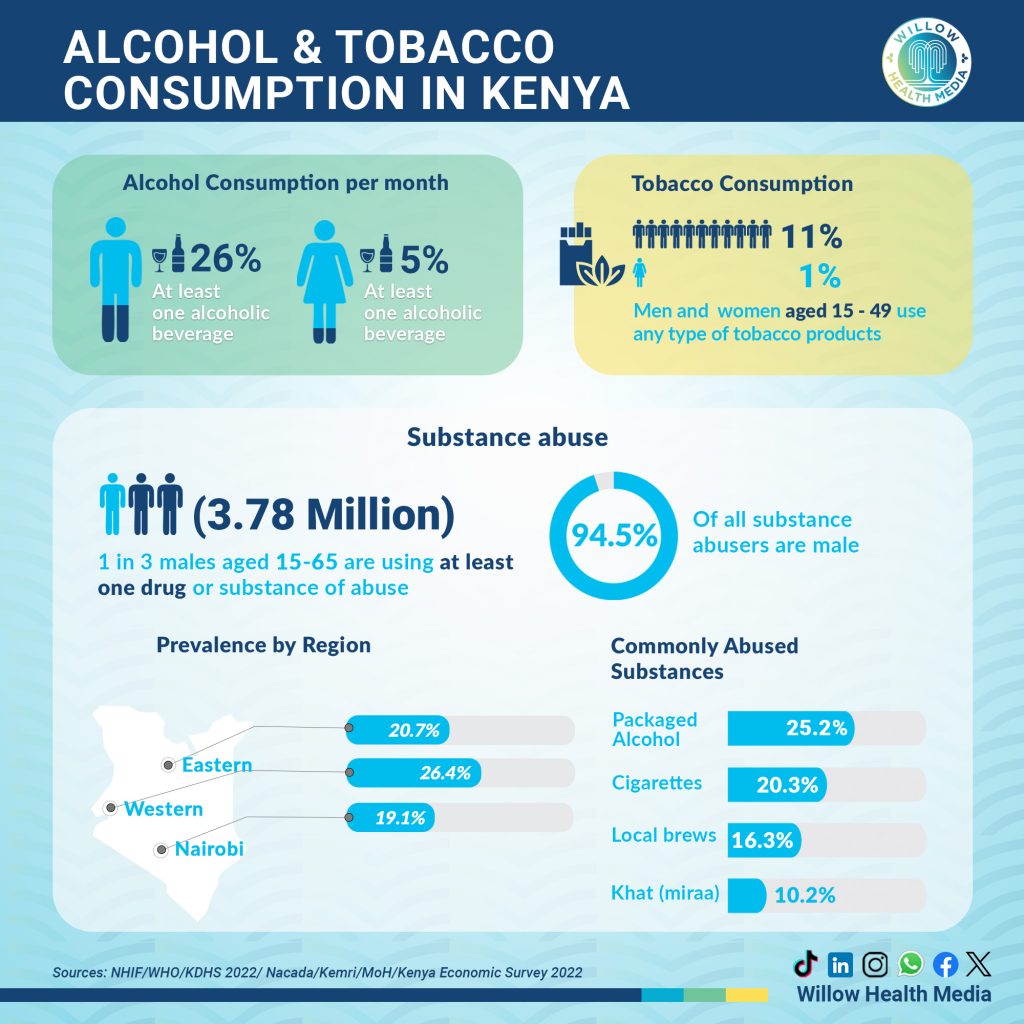
The key drivers of drug and substance abuse include negative peer influence, unemployment and economic hardships besides underlying mental health issues like stress, trauma or emotional pain.
Long-serving educationist and health promotion advocate, Joel Gitali traces the rise of drug and substance abuse among men to societal factors that expose boys and men to harmful habits at an early age.
“When a boy starts smoking, drinking, or even chewing khat, society doesn’t treat it as a big deal, unlike when it’s a girl involved,” he says. “Boys grow into men believing there’s nothing wrong with substance use and abuse.”
Gitali, who has a near four-decade high school teaching career in between serving as a disciplinary and a guidance and counselling master, adds that boys trapped in substance abuse rarely receive the support they need.
Those abusing drugs in school either face suspension or expulsion- which doesn’t always address the root causes of the problem.
“Most male students involved in substance abuse are in the early stages of experimenting. Once you sit them down and explain the dangers, many are willing to stop,” he explains adding that in his experience, “counselling works better” than suspension.
Gitali, also the chair of Kenya Tobacco Control Alliance (KETCA), says incorporating counselling, for students parents of students trapped in drug and substance abuse, has witnessed boys confessing their struggles before they’re discovered by school authorities, besides referring their friends for help “just because I learnt to embrace and not to discriminate against them.” “
Simiyu Nyongesa, an Assistant County Commissioner, who has served in Nyeri, Siaya, and Kisii, laments the lack of programmes specifically designed to support boys compared to girls.
“The community must step up to support the boy child,” he warns, adding that legal measures alone are insufficient to address an issue that affects not just the youth, but the middle-aged and the old too.
“At the grassroots level, we strive to implement preventive measures, such as sensitization meetings, but more effort is needed from all sectors as families can help their kin to access subsidized psychiatric counselling offered by Nacada or the church and, if they can afford, the premium rehab services by private players,” Nyongesa adds.
According to Nacada, the cost of rehabilitation is prohibitive, the saving grace was an active National Health Insurance Fund (NHIF) cover with a limit of Ksh60,000.
For those unable to afford costly rehab services, the 24-hour free Nacada helpline (1192) offers support.
However, the new medical cover under the Social Health Insurance Fund (SHIF) has provided a reprieve as it offers rehabilitation services not only for alcoholics but also for those struggling with bhang addiction and covers mental health support too.
This approach could provide a lasting solution for notable figures like boxer Conjestina Achieng, who initially struggled to raise funds for rehab besides often relapsing due to a lack of consistent follow-up care in her rural Yala home, Kisumu County.
Former Nairobi Governor Mike Mbuvi Sonko eventually paid for her rehab at the Mombasa Women Rehabilitation Centre, and she is now at the “third and final chance” of recovery.
Anne Wanjiru, a counselling psychologist with experience in several rehabilitation and wellness centres across the country, says most male patients are admitted involuntarily.
“The majority are alcoholics and bhang smokers, pushed to the extreme by underlying mental health issues like stress, trauma, or emotional pain. They use these substances for temporary relief or to escape their struggles, but it often leads to abuse,” she explains. “As you get to know them, you realize many are grappling with mental challenges that drive their substance use. The good news is that once they understand why they’re at the centre, some begin to open up and make progress.”
“However, some relapse within a month and return to the centre. Still, about 30% achieve full recovery, though they tend to avoid discussing their past. It’s also worth noting that women generally respond to therapy much better than men,” she adds.
Kenya can borrow a leaf from the world-renowned Betty Ford Clinic in the USA, known for its multidisciplinary approach to alcoholism and drug addiction treatment with an 80% recovery rate. The clinic treats addiction as a chronic disease and views recovery as a transformative, lifelong journey.
Other successful rehabilitation programmes in the US include Alcoholics Anonymous (AA) and Narcotics Anonymous (NA), which guide patients through the 12 spiritual principles of recovery- over three months- and which include acceptance, hope, faith, courage, honesty, patience, humility, willingness, brotherly love, integrity, self-discipline, and service.
But such programmes need good funding which is not guaranteed in Kenya where Nacada needs Ksh12.213 billion, against its allocated Ksh5.997 billion, leaving a significant gap of Ksh6.216 billion.
To bridge this gap, Nacada’s plan calls for innovative resource mobilization strategies, including building strategic partnerships and collaborating with national and county government agencies, religious organizations, civil society, academic institutions, international partners and the public.
The previous plan 2019-2022, which saw prevalence in ADA prevalence drop from 18.2 in 2017 to 17.5 in 2022, achieved significant milestones across its six key result areas, including the sensitization of over 10 million parents on positive parenting, the development of national guidelines on alcohol and substance use prevention in education institutions, and partnerships with county governments to establish treatment and rehabilitation facilities. Additionally, the plan reached nearly 60,000 individuals with substance use disorders through community outreach, brief interventions, and a toll-free helpline.
However, Nacada faces considerable challenges due to inadequate financial resources and resistance to setting up County Alcoholic Drinks Funds, which would support prevention and treatment efforts.
High costs of treatment and rehabilitation services, weak legal frameworks for inspecting rehabilitation centres, and emerging drug trends, weak liquor licensing frameworks, inadequate data management, delays in National Health Insurance Fund (NHIF) accreditation for rehabilitation centres, and disruptions caused by the COVID-19 pandemic.
